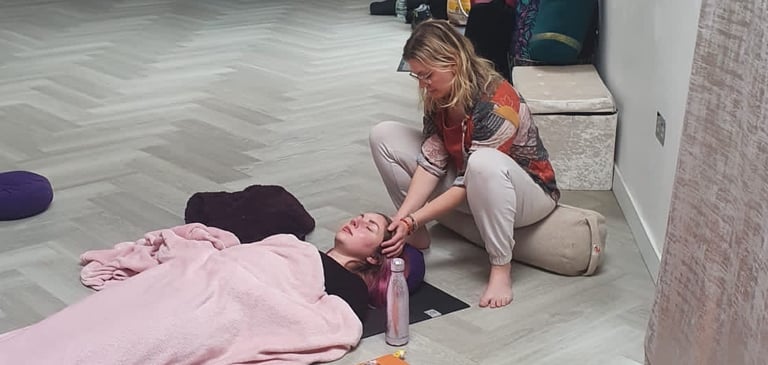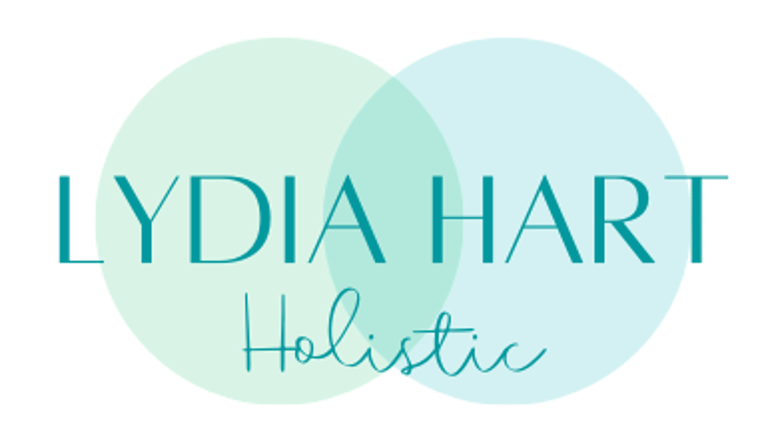What is Reiki? An ancient practice for modern healing.
When I first heard of Reiki several years ago, I had the impression it was some wafty hand thing that had something to do with angels - and certainly never something I'd train in. Read on to find out how Reiki might be just the thing you are looking for.
What is Reiki?
Simply put, Reiki is a one-to-one therapy where the therapist places their hands on or near the body to promote wellness and healing.
The history of Reiki
Reiki is a Japanese practice dating back thousands of years. Like many eastern rituals is it part of the fabric of their culture, and was only 'written down' and taught as a therapeutic technique in the 1920s by a man called Mikao Usui. One of his pupils, a woman named Hawaya Takata, is responsible for bringing Reiki to the West in the 1940s, and Western Reiki can differ in methodology from it's Eastern roots. For example, the addition of aligning with the Chakra system, which is an ancient Indian philosophy, did not occur until Reiki left Japan.
The essence of Reiki
'Reiki' is made up of two words: Rei which means sacred, God, or higher power; and Ki which means life force or energy.
In essence, Reiki is about the sacred life force, energy, that exists within everyone and everything, and connecting with this allows the energy to restore, flow and promote emotional and physical healing. It is a simple and profound practice, where the practitioner 'connects' with this energy (through conscious intention, essentially a meditation), and placing hands facilitates this inner connection with the person receiving the healing.
People tend to associate this with the therapist 'channelling' an energy and transmitting it to the client, and whilst this is one way to think of it, I see myself as simply allowing the client to connect with their own inner world. It is not something outside of us that is channelled in, but what is already there. After all, all healing is ultimately self-healing.
Still sound woo-woo?
Due to my background in the Western medical system, I view my healing work through two lenses: Eastern and Western; spiritual and scientific; mainstream and alternative. Holistic practices have had a lot of negative press in our culture, especially from the medical professions, and I speak as a former sceptic myself. But as I have learned more about the autonomic nervous system, mind-body connection, and the nature of trauma, I have realised that these ancient practices have been right all along. Luckily modern science is realising this too.
For the still sceptical, though, understanding Eastern 'woo-woo' practices like Reiki through a more 'scientific' lens can help us get passed our bias.
Reiki utilises several elements that tap straight into our autonomic nervous system (responsible for switching off our stress response) to promote deep relaxation and healing: touch, stillness and connection.
From birth, humans are hardwired to respond to touch, and this stays with us - the conscious, gentle placing of the therapists hands on or near the body tells our nervous system we are safe and that we matter.
When was the last time you lay down for 45 minutes, not to sleep, but simply to be still and breathe? You don't need me to tell you that our modern lives are far too stressful and full of stuff cluttering our minds and spirits. A Reiki session gives you the space to truly switch off and slow down for an hour - like hitting the reset button. It feels wonderful.
Most of all, humans are wired for connection - we evolved in tribes and it's desperately missing in the modern world. Many of us spend more one on one time with our devices than with another human being, or with ourselves. A Reiki session is about connection: with your therapist, a caring human being who is present with and curious about you, and ultimately with yourself. An hour to go inwards, find your centre, and feel the essence of your being.
From this place, we can heal.


